Best Practices Articles

Effective Partner Enablement and Engagement for Long-Term Growth
Introduction
Partner enablement helps businesses build strong partnerships. Companies that support partners with training and resources see higher revenue growth. A structured approach ensures partners can sell, market, and support products effectively.
Partner engagement plays a key role in long-term success. Businesses must go beyond onboarding and focus on continuous collaboration. Partner Relationship Management (PRM) software simplifies this process. It helps track performance and provides support in sales, marketing, and training.
Building a strong partner ecosystem requires effort. Companies must provide tools, training, and incentives to keep partners engaged. Effective partner enablement ensures long-term relationships and business success.
This article explains how businesses can strengthen their partner ecosystem. It covers structured onboarding, PRM software, and best practices for ongoing support.
Establishing a Structured Onboarding Process
The Importance of Partner Onboarding
A clear onboarding process sets the stage for success. Without structured guidance, partners struggle with product knowledge and sales strategies. Training ensures partners understand customer engagement techniques. Businesses that invest in partner enablement see stronger partner relationships.
Businesses should automate, scale, and personalize the onboarding process. Each partner type, such as referral partners or resellers, needs tailored training. A well-planned onboarding journey helps partners perform better from the start.
A successful onboarding process should cover all essential areas. Partners need a clear understanding of the company's value proposition. They should know how to present products and services effectively.
Training should also include real-world sales scenarios. These scenarios help partners handle customer objections and competitive challenges.
Key Components of a Successful Onboarding Program
A strong onboarding program includes:
- Welcome Kits: Digital guides with key contacts and program details.
- Training and Certifications: Online courses, webinars, or in-person sessions.
- Joint Business Planning: Aligning goals and market strategies.
- Access to Partner Portals: A central hub for deal registration and resources.
- Mentorship and Support: Dedicated managers to guide new partners.
Each component plays a crucial role in partner enablement. Welcome kits help new partners feel valued. Training and certifications improve their knowledge and confidence.
Business planning aligns objectives and reduces misunderstandings. Partner portals provide access to necessary tools. Ongoing mentorship ensures long-term success.
The Role of Training and Certification
A structured learning approach ensures partners stay knowledgeable. Companies should offer training at different levels:
- Basic Training: Covers company details, products, and value proposition.
- Sales Training: Focuses on pitching, overcoming objections, and competition.
- Technical Certification: Includes deployment, integration, and troubleshooting.
- Advanced Certifications: Prepares elite partners for deeper engagement.
When businesses invest in partner enablement, partners gain confidence and skills. Well-trained partners increase sales and improve customer satisfaction.
Partners also benefit from role-specific training. Sales teams need techniques to close deals. Technical teams require deep product knowledge.
Marketing teams need strategies for generating leads. Comprehensive training ensures all partner roles contribute to success.
Leveraging PRM Software for Collaboration
The Role of PRM Software
Managing multiple partners manually is difficult. PRM software simplifies collaboration between vendors and partners. It acts as a central hub for:
- Partner Onboarding & Training: Automates learning and tracks progress.
- Deal Registration & Pipeline Management: Helps partners monitor deals.
- Sales & Marketing Support: Provides co-branded content and campaigns.
- Performance Analytics: Offers insights into partner activity and success.
Automating and Personalizing the Partner Journey
PRM tools create customized experiences. AI-driven analytics help businesses segment partners. Companies can personalize training, sales strategies, and marketing support.
Automation streamlines processes. Partners receive recommendations based on their performance. AI-driven insights help identify high-potential partners.
Businesses can adjust strategies in real time. This increases efficiency and strengthens partner engagement.
Integrating PRM with CRM and Business Systems
Businesses should connect PRM with CRM, LMS, and marketing platforms. Seamless integration enables:
- Real-time data sharing between sales and partners.
- Better visibility into deal progression.
- Automated performance tracking.
PRM software strengthens the partner ecosystem by improving accountability and efficiency. Partners get immediate access to relevant data.
Sales teams can monitor performance with real-time insights. Marketers can track campaign effectiveness. Integration eliminates manual tasks and speeds up decision-making.
Providing Sales, Marketing, and Technical Support
Equipping Partners with Sales Enablement Tools
Partners need the right sales tools to succeed. A good sales enablement program helps them:
- Identify ideal customer profiles and use cases.
- Understand pricing and product packaging.
- Differentiate from competitors.
- Handle objections effectively.
Providing pitch decks, case studies, and sales scripts increases partner confidence. Businesses that invest in partner enablement ensure partners close more deals.
Sales enablement tools should be easily accessible. Partners must have updated product information. Interactive learning tools improve engagement.
AI-driven coaching enhances sales performance. Companies should regularly update training materials to keep partners competitive.
Supporting Partners with Co-Marketing Initiatives
Marketing support boosts partner success. Companies should provide co-branded assets and lead-generation tools. Effective co-marketing includes:
- Content Syndication: Sharing blogs, case studies, and whitepapers.
- Webinars and Events: Hosting educational sessions for customers.
- Marketing Development Funds (MDF): Offering financial incentives for campaigns.
- SEO and Paid Ads Support: Helping partners run search and PPC campaigns.
Empowering partners with marketing resources increases sales opportunities. It strengthens partner relationships and enhances partner engagement.
Businesses should track marketing performance. PRM software provides real-time campaign analytics. Partners should receive insights on lead generation. This improves decision-making and optimizes marketing strategies.
Providing Technical Training and Support
Technical expertise is crucial for software and technology businesses. Partners need deep knowledge of product functionality and troubleshooting. Key elements of technical enablement include:
- Knowledge Base & Documentation: Self-service resources for partners.
- Solution Architect Training: Advanced courses for technical partners.
- Technical Support Access: Dedicated assistance channels.
- Beta Testing Opportunities: Engaging top partners in product development.
Businesses that prioritize technical training see improved partner retention. Strong support ensures partners can solve customer issues effectively.
Measuring Partner Enablement Success
To improve partner enablement, companies must track key metrics. Important KPIs include:
- Partner Activation Rate: Measures how many partners complete onboarding.
- Deal Registration & Conversion Rates: Tracks deals sourced by partners.
- Training Completion Rate: Monitors participation in learning programs.
- Partner Satisfaction Score: Collects feedback through surveys.
Analyzing these metrics helps businesses optimize partner engagement. Companies can refine strategies and identify high-potential partners.
Conclusion
Successful partner enablement builds a scalable partner ecosystem. Companies should invest in structured onboarding, PRM software, and continuous support. Training, marketing resources, and sales tools ensure partners stay engaged.
Businesses that prioritize automation and collaboration achieve higher partner success rates. Improving partner enablement drives long-term growth and stronger relationships.
Best Practices Guidebook
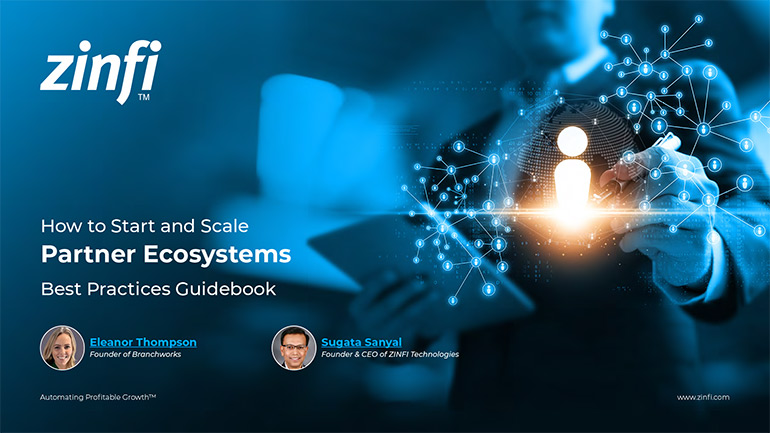 How to Start and Scale Partner Ecosystems Best Practices
How to Start and Scale Partner Ecosystems Best PracticesDownload Guide
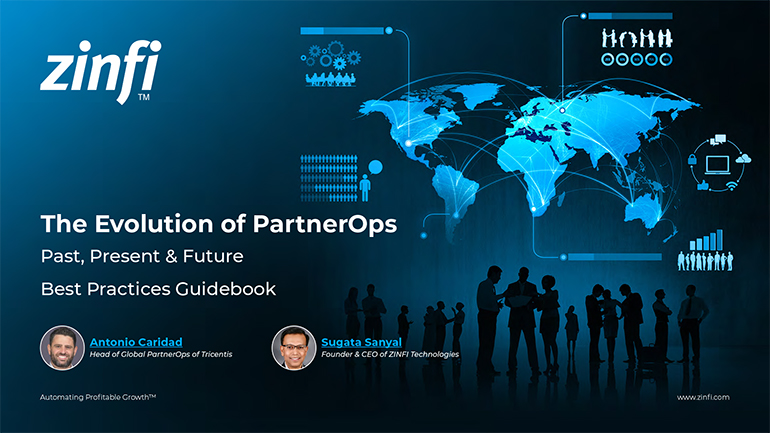 The Evolution of PartnerOps: Past, Present & Future Best Practices
The Evolution of PartnerOps: Past, Present & Future Best PracticesDownload Guide
 Mastering Channel Sales: Strategies, Best Practices, and Growth Tactics for 2025
Mastering Channel Sales: Strategies, Best Practices, and Growth Tactics for 2025Download Guide
 Winning with Partner Advisory Councils: Best Practices for Partner Engagement & Growth
Winning with Partner Advisory Councils: Best Practices for Partner Engagement & GrowthDownload Guide
 The Future of Partner Ecosystems Best Practices
The Future of Partner Ecosystems Best PracticesDownload Guide
 The AI Revolution: How Technology and Talent are Shaping the Future
The AI Revolution: How Technology and Talent are Shaping the FutureDownload Guide
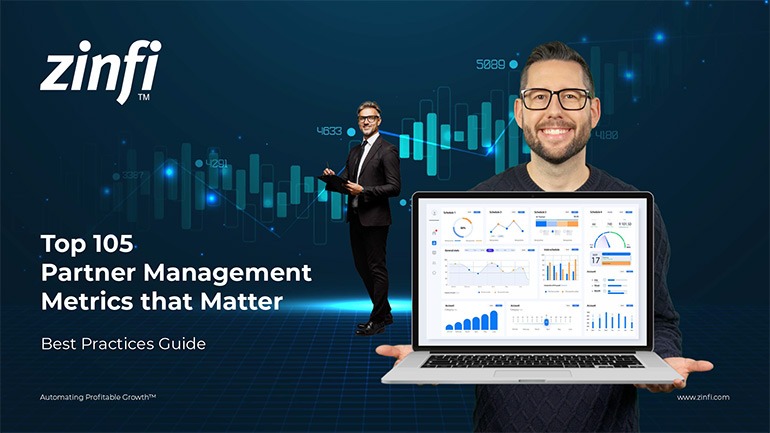 Top 105 Partner Management Metrics that Matter Best Practices
Top 105 Partner Management Metrics that Matter Best PracticesDownload Guide
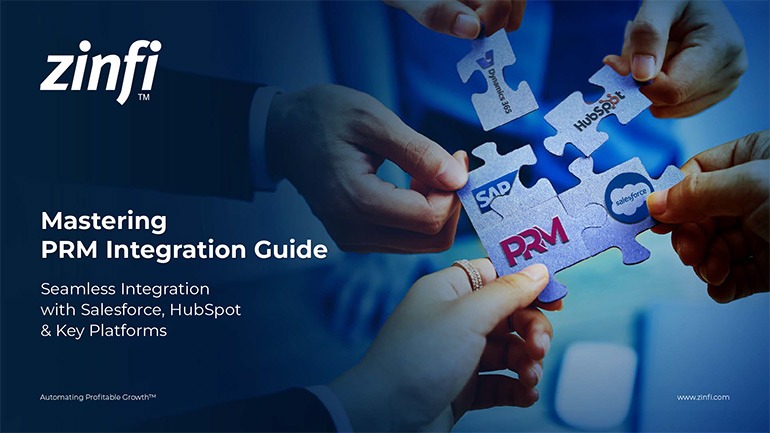 Mastering PRM Integration Best Practices
Mastering PRM Integration Best PracticesDownload Guide
 Building a Sales Partner Portal with Salesforce Best Practices
Building a Sales Partner Portal with Salesforce Best PracticesDownload Guide
 Building and Managing Partner Ecosystems Best Practices
Building and Managing Partner Ecosystems Best PracticesDownload Guide
 Mastering Co-Marketing and Co-Selling Best Practices
Mastering Co-Marketing and Co-Selling Best PracticesDownload Guide
 Transforming Partner Ecosystems Best Practices
Transforming Partner Ecosystems Best PracticesDownload Guide
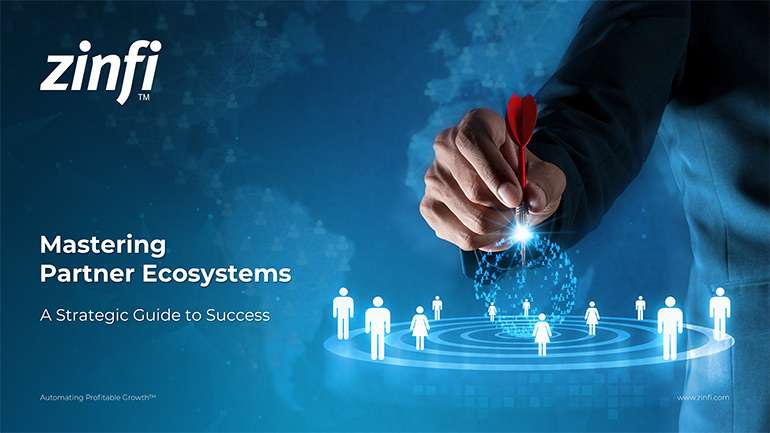 Mastering Partner Ecosystems Best Practices
Mastering Partner Ecosystems Best PracticesDownload Guide
 Mastering Partner Onboarding Best Practices
Mastering Partner Onboarding Best PracticesDownload Guide
 Partner Ecosystem Management Best Practices
Partner Ecosystem Management Best PracticesDownload Guide
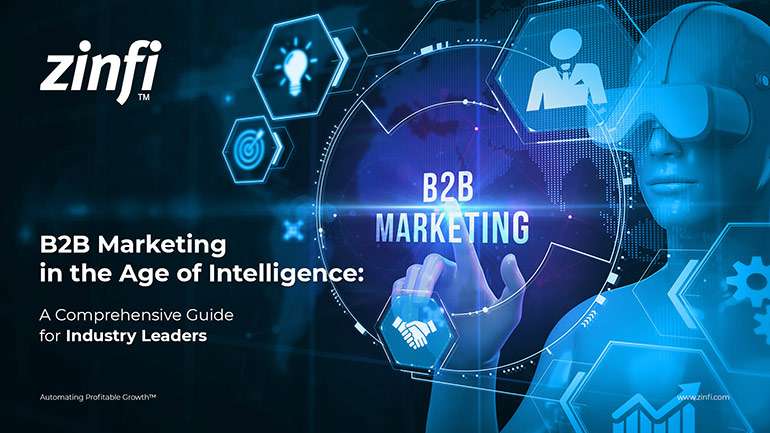 B2B Marketing in the Age of Intelligence Best Practices
B2B Marketing in the Age of Intelligence Best PracticesDownload Guide
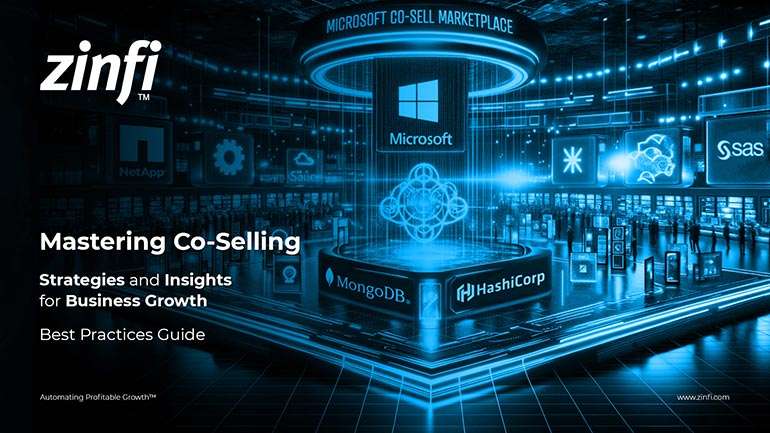 Multi-Partner Co-Selling Best Practices
Multi-Partner Co-Selling Best PracticesDownload Guide
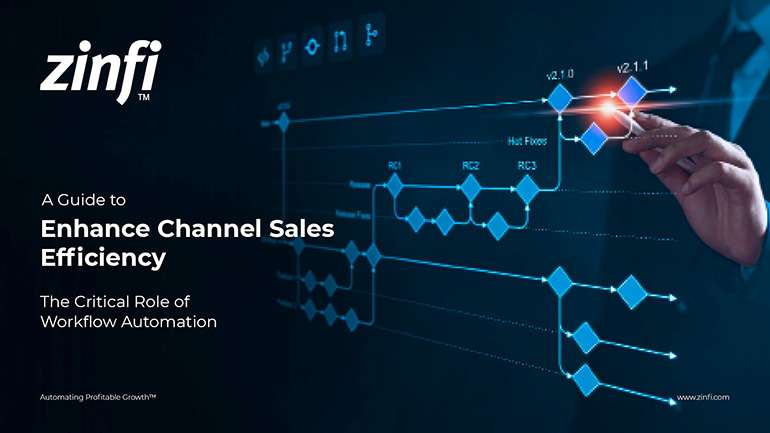 A Guide to Enhance Channel Sales Efficiency
A Guide to Enhance Channel Sales EfficiencyDownload Guide







